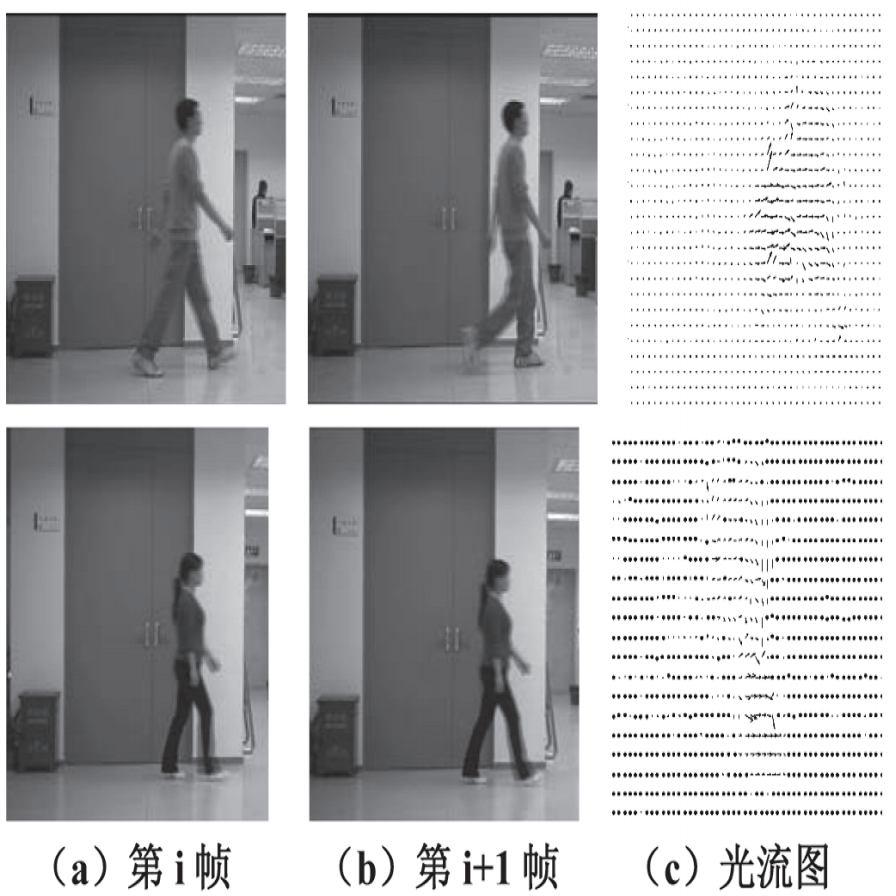While the world has been combating COVID-19 for over three years, an ongoing "Infodemic" due to the spread of fake news regarding the pandemic has also been a global issue. The existence of the fake news impact different aspect of our daily lives, including politics, public health, economic activities, etc. Readers could mistake fake news for real news, and consequently have less access to authentic information. This phenomenon will likely cause confusion of citizens and conflicts in society. Currently, there are major challenges in fake news research. It is challenging to accurately identify fake news data in social media posts. In-time human identification is infeasible as the amount of the fake news data is overwhelming. Besides, topics discussed in fake news are hard to identify due to their similarity to real news. The goal of this paper is to identify fake news on social media to help stop the spread. We present Deep Learning approaches and an ensemble approach for fake news detection. Our detection models achieved higher accuracy than previous studies. The ensemble approach further improved the detection performance. We discovered feature differences between fake news and real news items. When we added them into the sentence embeddings, we found that they affected the model performance. We applied a hybrid method and built models for recognizing topics from posts. We found half of the identified topics were overlapping in fake news and real news, which could increase confusion in the population.
翻译:暂无翻译



